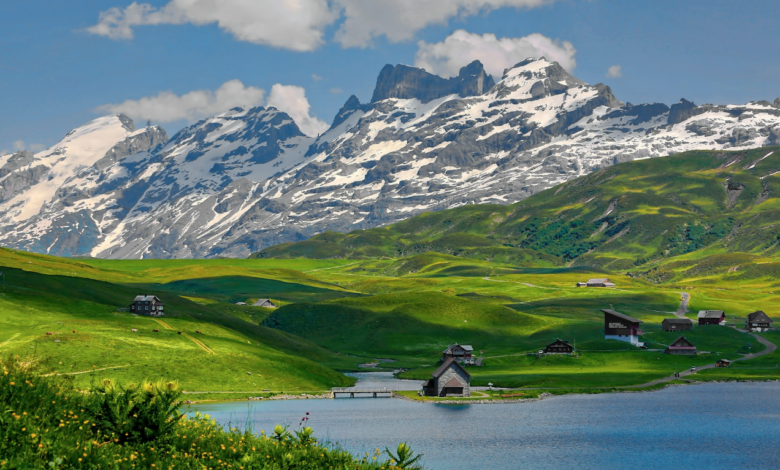Drought in the Alps will worsen “substantially” even at +1.6°C

Study of drought in the Alps by ETH Zurich and Boulder University
The latest survey by Fondazione CIMA on the amount of snow in Italy records the return to (almost) normality: after 2 years, the national budget returns in positive with +1% compared to the average 2011-2022. In the Alps the situation is even better, with the Po basin marking +29%. So much so that the possibility of having temperatures much above average in these weeks increases the risk of flooding due to the rapid melting of the snowpack. But what can we expect about floods and droughts in the Alps in the coming decades?
This is the question you’re trying to answer in a study published in Earth’s Future, in which a group of researchers from Zurich Polytechnic and the National Center for Atmospheric Research in Boulder, Colorado, calculate how floods and droughts will vary in the Alps with an increase in temperatures between 16.°C and 4°C (RCP2.6, 4.5, and 8.5) to 2100. The analysis takes into account 925 river basins in the Alps and evaluates the changes in the daily outflow.
read also Extreme events, coupled drought-heat waves will become the norm
How will the drought in the Alps change?
The results of the simulations speak for themselves. The floods will not change significantly compared to today even in the worst emissive scenario among those examined. Drought will be a real phenomenon to prepare for.
Flooding and flooding caused by the melting of the snowpack may occur earlier in the year than today. But they show no other significant variation in volume, duration and spatial extent. The only note is that the outflow of melting water will increase relatively more for basins located at higher altitudes.
On the contrary, the drought in the Alps will change “in intensity, deficit, duration and extension”, becoming more severe. And “the extent of change will increase with the level of heating”. These are “substantial” changes, even in the most favorable emissive scenarios, that is, already at +1.6° C. “These changes are also consistent with observation-based studies showing that drought-related deficits have increased in the past in low alpine basins and that drought seasonality is changing across uplands due to changes in drought generation processes” stresses the study. “These findings highlight the need to adapt to more severe and widespread drought events with direct implications for hazard and risk management,” the authors conclude.





